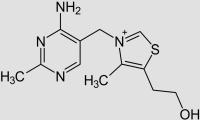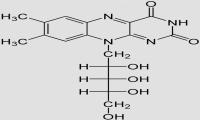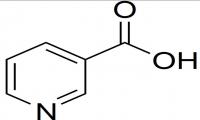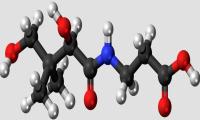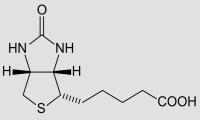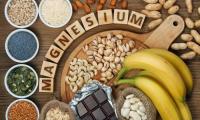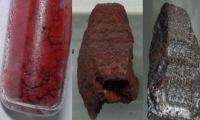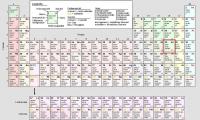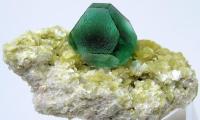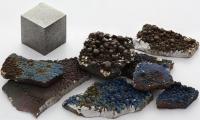The best perspective for your health
The best perspective for your health
The best perspective for your health
The best perspective for your health
Nutrients
Showing 21-40 of 44 items.
Vitamin E is one of the fat-soluble vitamins. Its main function is to act as an antioxidant on the lipid layers of the body's cells.
Vitamin K, a fat-soluble vitamin, is found in green vegetables and salads, among other foods. It plays an important role in blood clotting and bone metabolism.
Vitamin C is a water-soluble vitamin and an important antioxidant. It is found in fruits and vegetables and carries out important functions in the body.
Thiamine, a water-soluble B vitamin, occurs mainly in the outer layer of grain. It fulfills many tasks in the energy metabolism and nervous system.
Riboflavin, a water-soluble B vitamin, is heat-resistant and sensitive to light. It is involved in important metabolic processes in many enzymes.
Niacin ist ein wasserlösliches Vitamin, das der Körper auch selbst aus der Aminosäure Tryptophan bilden kann. Es ist wichtig im Energiestoffwechsel.
Pantothenic acid, a water-soluble B vitamin, is found in practically every food. It is significantly involved in innumerable metabolic reactions.
Vitamin B6 is a water-soluble vitamin that is involved in around 100 enzymatic reactions. It plays an important role in the protein metabolism.
Biotin is a water-soluble vitamin from the B complex and is widespread in nature. Biotin produced in the large intestine is partly available to the body.
The water-soluble vitamin folic acid is important for cell renewal. Of course, folic acid only occurs as a precursor to folate, especially in legumes.
Vitamin B12 (cobalamin) is a water-soluble B vitamin that is produced exclusively by microorganisms. B12 is practically non-existent in plant foods
Calcium (Ca) is an essential quantity element and gives bones and teeth stability and strength. Green vegetables and nuts are rich in calcium.
Potassium (K), an essential quantity element, occurs in most foods and is important for regulating the membrane potential of the body's cells.
Magnesium (Mg) is an essential quantity element and participates in over 300 enzymatic metabolic reactions. Seeds and nuts are rich in magnesium.
Phosphorus (P), an essential quantity element and an important component of bones, teeth and the cell membranes. It plays a role in energy production.
Sodium (Na), an essential quantity element, is usually found in our food as table salt (NaCl). Sodium affects blood pressure and water balance.
Selenium does not occur enough in the soil in some geographical areas. However, it plays an important role in the body and is essential.
It is not clear whether fluorine is an essential trace element. But in the body it is partly responsible for the stability of teeth and bones.
Manganese is a trace element that occurs mainly in plant-based, unrefined foods. Among other things, it plays a role in the structure of cartilage tissue.




